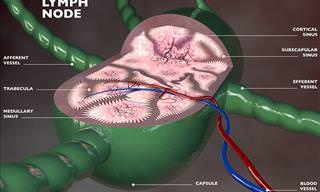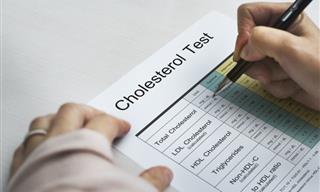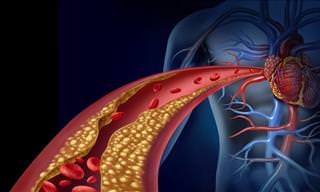Wouldn't it be great to know if you're going to get sick ahead of time, allowing you to do something about it before it actually hits you? While it's not always possible, with illnesses like the flu or a cold, your body does give you warning signs in certain situations. Below, we take a look at how a blood clot begins to form and what you can do about it:
What Is a Blood Clot?
A blood clot can be defined as a clump of blood. There are instances where this is beneficial. When you cut yourself, for instance, the texture of the blood changes from liquid to a more gel-like state. This enables the blood to coagulate into a more solid state which stops the blood flow. However, there are times when blood clots are more serious, particularly when it forms inside your major veins. This is called Deep Vein Thrombosis (DVT). If left untreated, this can be harmful as it can travel through your veins and into your heart and lungs. A blood clot that lies in the lungs is called a Pulmonary Embolism (PE) which can be fatal and requires medical attention.
Warning Signs
The signs of a blood clot depend on the exact type of blood clot you're experiencing. Nevertheless, it's important to recognize the signs before they get worse. Below are nine warning signs you should look out for:

1. Racing Heart: A blood clot in your lungs may be limiting the flow of oxygen in your lungs and causing your heart to race. This occurs because the heart is trying to compensate for the shortage and may start beating rapidly.
2. Chest Pain: Many people with PE believe that it's actually a heart attack because the pain appears similar. One of the hallmark signs that it could be a blood clot is the sharp, or stabbing pain that that feels worse when you take a deep breath. The pain may get worse with every breath you take.
3. Shortness of Breath: A blood clot in your lung may make it difficult to breathe due to the slowing of oxygen flow. You may also feel suddenly faint, as though you are going to pass out.

4. Unexplained Cough: A cough is generally associated with a cold or strep throat. But a dry cough with no logical explanation that seems to have come out of nowhere could be a sign of PE. Seek immediate help if you cough up mucus or blood.
5. Skin Discoloration: DVT may cause a patch or streak of redness on our arm or leg and might feel warm or tender when touched.
6. Sudden Swelling: If you notice your ankle or shin suddenly becoming swollen it could be a sign of DVT. This may happen if the flow of blood in the legs is being blocked, causing blood to pool behind the clot and puff up.

7. Arm or Leg Pain: This may feel like muscle cramping. So pay attention if the pain is worse when you walk or when you flex your foot upward. The skin around the pain may be red, swollen, or warm.
8. Vomiting: If you suffer from Mesenteric Ischemia (a blood clot in your abdomen) you may feel nauseous and throw up. This is usually accompanied with bad pain in the abdominal area.
9. Impaired Vision: Can't see well out of one of your eyes? It may be a sign of central retinal artery occlusion, particularly if loss of vision is coupled with vertigo and balance problems.
 Go to BabaMail
Go to BabaMail




























